By GNW Consulting
This is an excerpt from “The Ultimate Guide to Account-Based Marketing” from GNW Consulting. Read the entire piece here.
Maybe you’re launching an ABM program for the first time or trying to improve upon the account-based marketing plan you already have.
Regardless, you’re here to learn how to create and deliver an ideal strategy to your target accounts. Let’s examine the variables you need to start your first campaign, as well as observe account-based marketing best practices and go from there.
Identify Your Ideal Customer
The first step to an effective ABM plan is clearly defining your target audience. Build an ideal customer profile (ICP) of the type of company you want to do business with the most.
Your ICP includes knowing which industry best fits your product or service. It should also incorporate the ideal company size for the business you wish to work with.
Once you have your ICP, see which accounts match up to your newly created persona. Identify a list of target accounts from there.
Targeting ideal accounts is one of the top challenges when creating a winning ABM strategy, so take your time with this one. It’s okay to go into the research phase and come back here once you need to reassess your ICP. As account-based marketing is always evolving, so should your strategy.
Research Each Target Account
A mere 42% of B2B marketers say they have conversations with their ideal accounts as part of their content research phase. Without conversing with your ideal customers, you may accidentally create content that doesn’t truly resonate with them.
Use this step in your ABM strategy to gather inspiration for creating engaging content. Ask applicable questions and try to discover pain points, if possible. The goal is to build content that moves a customer from one stage to the next. It’s also critical for nurturing leads and influencing the buyer in the right direction.
Envision Your Buyer’s Journey
Don’t perform a marketing campaign until you’ve visualized the key takeaways decision makers in a business will take away from it. Is your message tailored to the appropriate audience? Does it entice and delight decision-makers in an account?
As you go into the next step of creating content, think about the key takeaways people will have. Deliver messages based appropriately on where someone is in their sales journey. The content you deliver will change depending on what stage they’re at.
It’s also helpful to build content for each stage in the sales cycle so that you can easily move a buyer from one stage to the next.
Create Targeted, Personalized Content
The next, possibly most important step is to develop your customized marketing campaign for each account. This step includes creating the targeted, personalized content you’ve been gathering inspiration for.
Using the data you learned in the research stage to inform your strategy, you can develop creative assets that resonate with your target market. Personalized, relevant content is the key to success regarding account-based marketing.
The length you want to go to make your content relevant is entirely up to you. For example, maybe you’ll create content tailored for a specific industry. Alternatively, you might create content that’s tailored to specific accounts or even roles within those accounts.
You can get as personal as you want – though there’s obviously a limit before things start to get weird.
Time Your Message Appropriately
A brand-new account where your points of contact need to be educated on your product or service differs vastly from a contact you’ve already landed a sale with. You’ll personalize your message and time it appropriately to best navigate a customer to the next stage.
Measure the Account’s Results
Lastly, it’s time to measure your campaign’s success. It’s necessary to understand which campaign is working and which needs improvement to consistently have a winning ABM strategy.
You can measure each account’s results based on various success metrics.
These metrics can include contacts in the account. Did you reach out to the right people? How many influencers did you connect with throughout the campaign?
Metrics can also include stage progression. Did you successfully move an account from one stage to another? Maybe you onboarded a new account. Or maybe you were able to upsell to a previous account to continue the sales cycle.
Wrapping Up
Once you have a handle on your own account-based marketing framework, you’ll start seeing the same success other B2B marketers have seen. With the best practices in mind, we hope this guide helps you have a better understanding of ABM.
To read more and dive deeper into these best practices, visit the full article on GNW Consulting.





